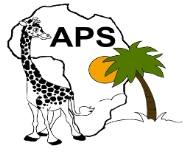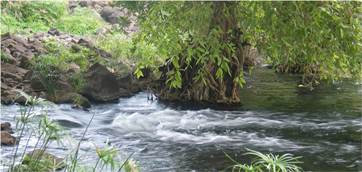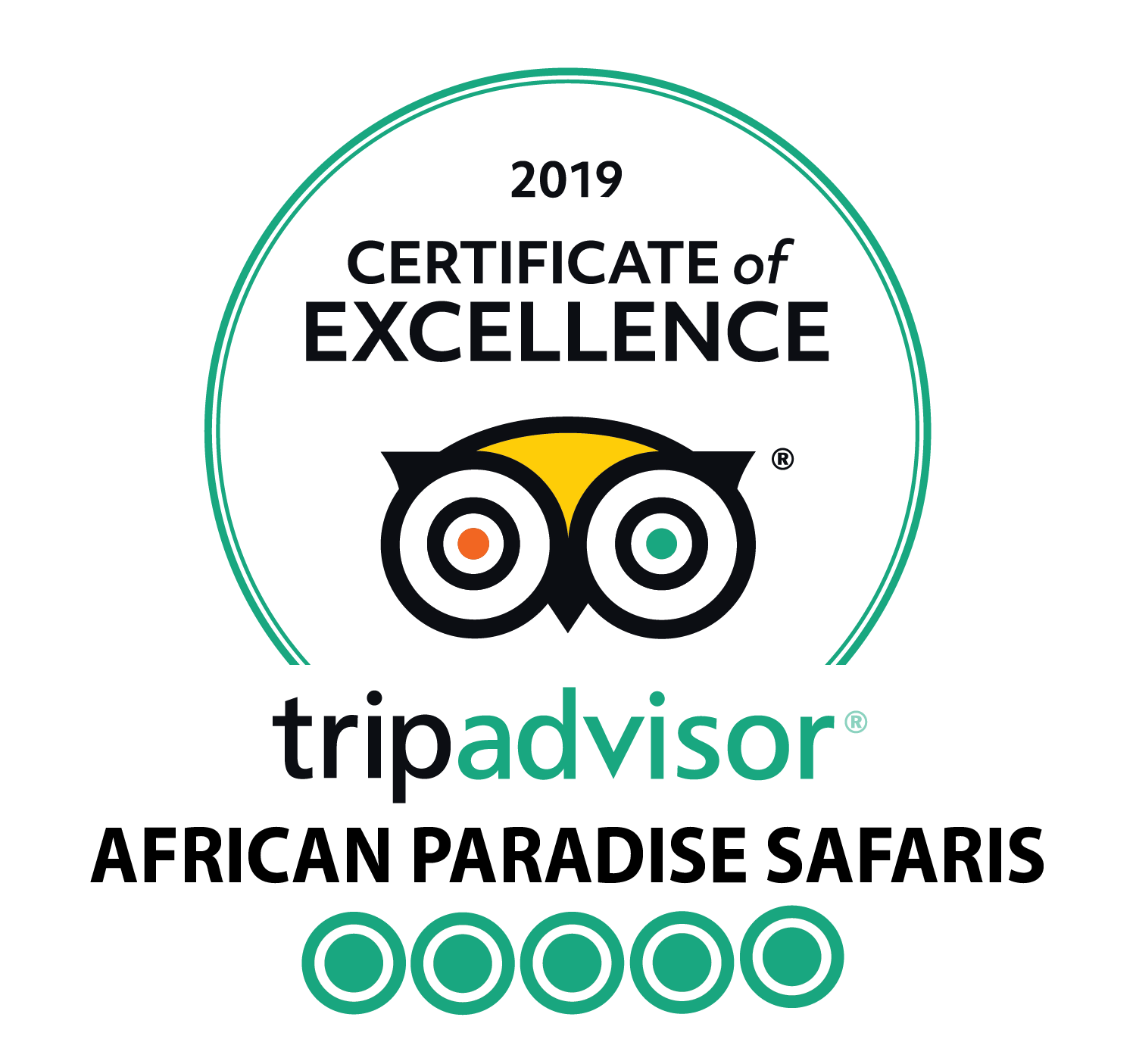The park is located on south eastern Kenya, 240km from Nairobi along the western side of Mombasa-Nairobi highway. The savannah ecosystem comprises of open grasslands, scrublands, and Acacia woodlands, belts of riverine vegetation and rocky ridges. Major wildlife attractions include elephant, rhino, Hippos, lions, cheetah, leopards, Buffalos, diverse plant and bird species including the threatened corncrake and near threatened Basra Reed Warbler.
Attractions in Tsavo West National Park
• Mzima Springs:
One of the main attractions in Tsavo West National Park are the Mzima Springs, located 48km from the Mtito Andei Gate and close to both Kilaguni Lodge and Kitanitented camp. The two large pools, connected by a rush of rapids are replenished with two hundred and twenty million liters of crystal-clear water every day, from the underground streams stemming from the lava the Chyulu Hills, 40-50 kilometers away. This fresh water at Mzima forms a haven to a huge variety of wildlife including hippoa and crocodiles, but is aslo an important source of drinking water for many animals including elephants, lion, gazelles, zebra and giraffe. A must is to look for Hippo underwater through the windows of the observation tank that has been sunk into the river, you can be sure to spot a few fish species including barbel.
• Chaimu Crater:
Just west of the springs is the Chaimu Crater, this volcanic crater is less than 200 years old and composed mainly of black coke. It is well worth the visit and you can climbed by foot. Animals to look out for in this area include klipspringer and the lesser Kudu antelope.
• Lake Jipe:
Located in the southwestern corner of Tsavo West National Park is Lake Jipe. 10km long and 3km wide it has huge reed beds and although there is game present, it is the rich bird life that is most impressive here. Pied Kingfishers, palmnut vultures, black herons and African skimmers, Purlpe Gallinule, Black Herons, the Pygmy Goose and the Lesser Jacana are all found in this area around the lake. Above the lake, the Tanzanian Pare Mountains form an impressive backdrop, especially if you are there to see it at sunset.
• Prior to the park's establishment in 1948 with its sister park, Tsavo East National Park, the Waliangulu people roamed the park hunting elephant with bow and arrow. British forces in World War I built forts along the Tsavo River in defense of Von Lettow Vorbeck's intrusion from the south and engineers built a railway through the bush land, encountering man-eating lions.
• Tsavo West National Park also holds an important rhino sanctuary and is famous for elephant.






